Common weeds and their scientific names with pictures in Nigeria
Did you know weeds are plants considered undesirable in a specific situation? Agriculture in Nigeria accounts for a significant proportion of the nation's gross domestic product. Farmers often need to fight against weeds to reap optimal farming outputs. Therefore, they need to know the common weeds and their scientific names with pictures in Nigeria.
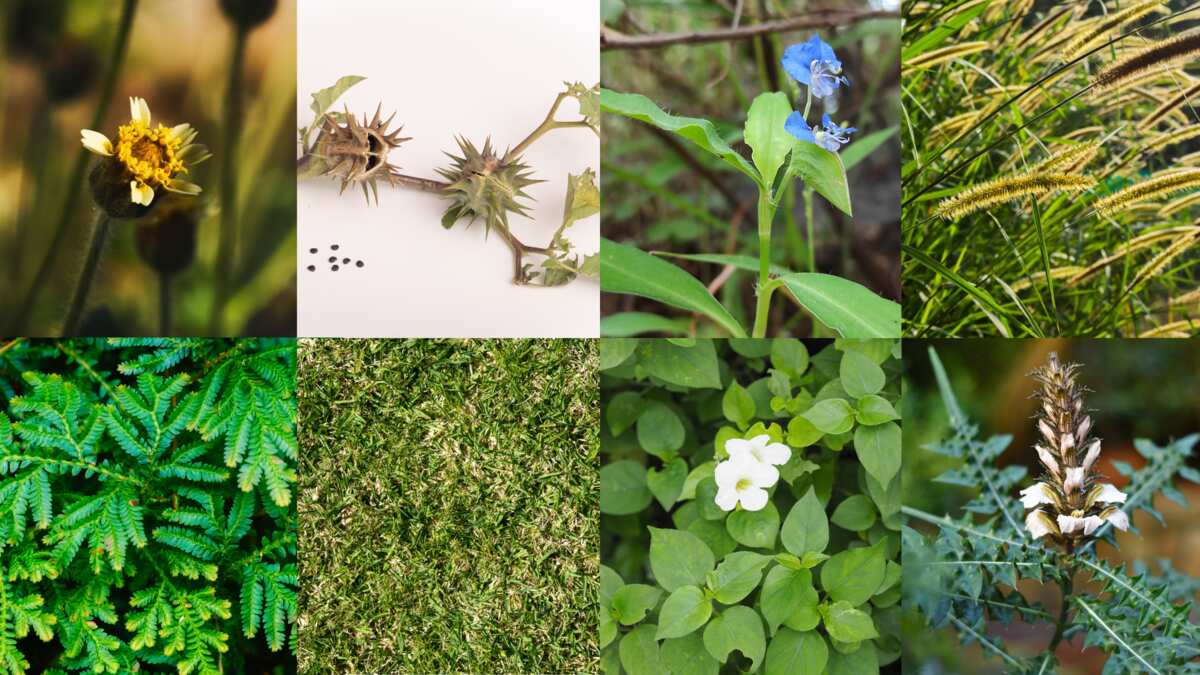
A basic understanding of the common weeds and their scientific names with pictures in Nigeria is crucial for all commercial and subsistence farmers. This information will help you eradicate the weeds on your farm.
Common weeds and their scientific names with pictures in Nigeria
Weeds are a menace to crop farmers because they compete with their crops for space and nutrients. Check out the common Nigerian weeds and their botanical names below.
Siam we*d (Chromolaena odorata)

Read also
UN member states may allow Zelensky to speak by video

PAY ATTENTION: Сheck out news that is picked exactly for YOU ➡️ find the “Recommended for you” block on the home page and enjoy!
Siam we*d or Chromolaena odorata features among the top weeds and their botanical names with pictures in Nigeria. It can grow up to three metres tall in open fields.
This plant thrives in tropical and subtropical regions. It invades riparian zones, forest margins, bushland, waste sites, roadsides, disturbed sites, neglected pastures, crops and plantations.
Spear grass (Imperata cylindrica)
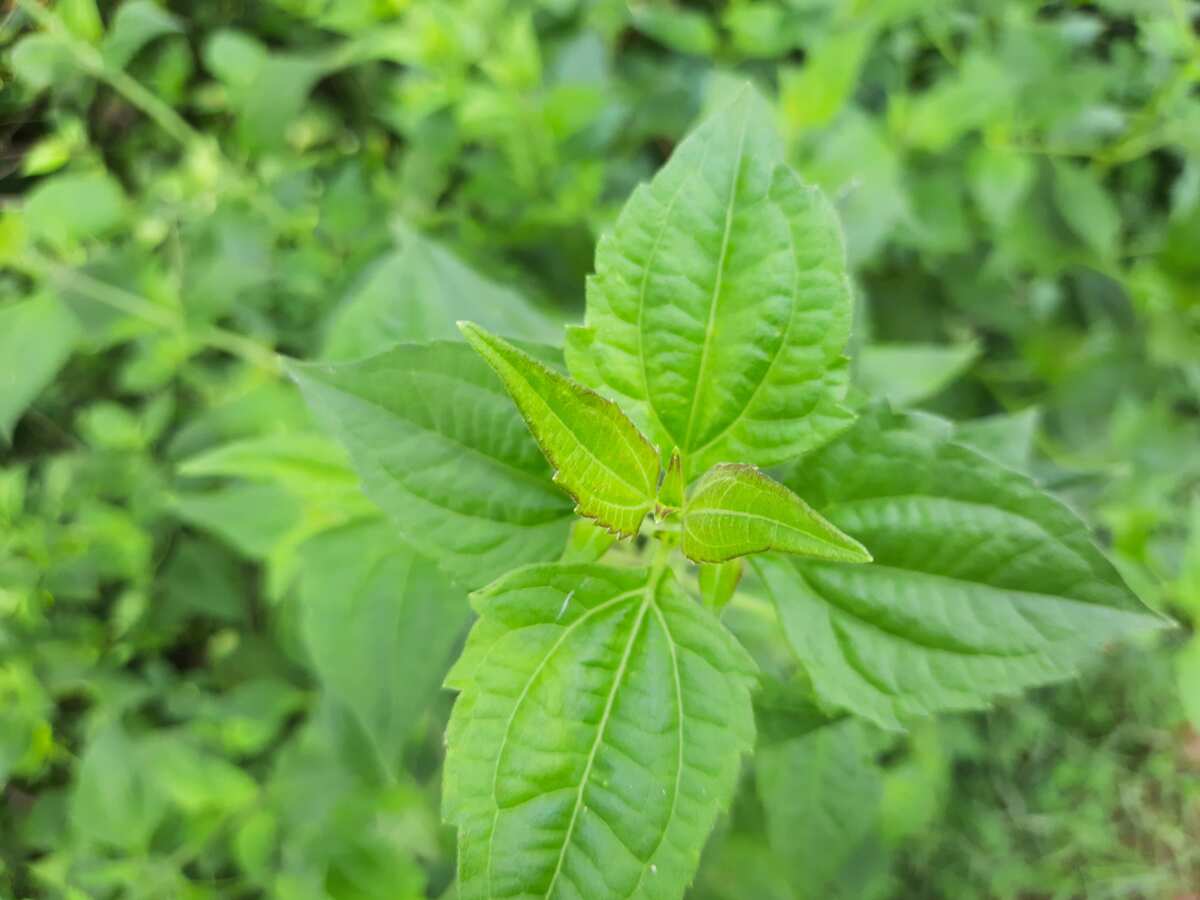
If you are looking for a list of grasses and their botanical names with pictures, you will come across Spear grass or Imperata cylindrica. This is a perennial grass that shoots to a height of up to one metre.
The grass has an extensive and deeply-penetrating system of rhizomes. Its leaves are in tufts, and it has dense, white, fluffy, cylindrical, spike-like heads. It is persistent in upland crops like maize, cassava, rice, and sorghum.

Read also
Lagos state to shut Ladipo, Oyingbo markets indefinitely, announces date of action
Dayflower (Commelina benghalensis)
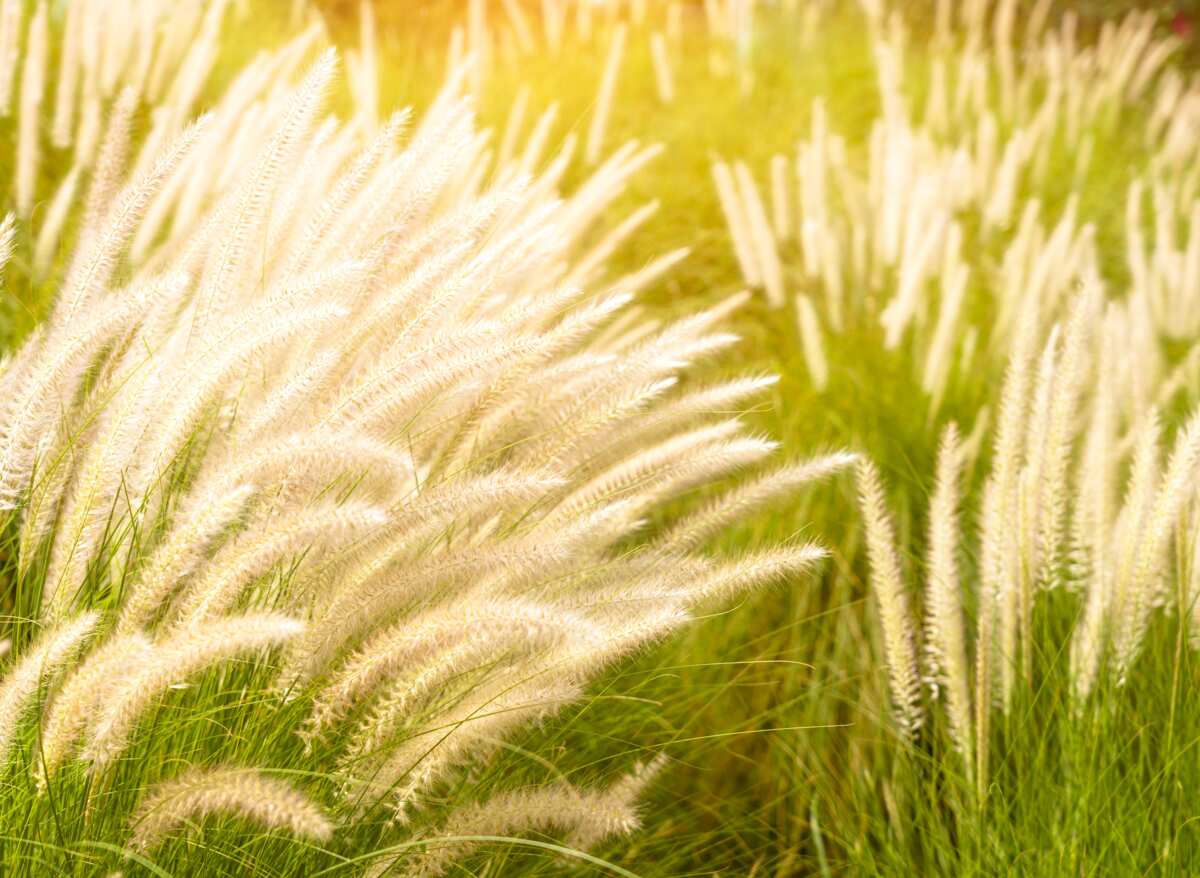
Dayflower, or Commelina benghalensis, is a perennial creeping herb. It has lily-like leaves and reddish hairs towards the tip.
Dayflower invades areas with moist soil, e.g. grasslands, roadsides, and other disturbed areas. It is problematic in pastures and crop fields because it forms dense, pure stands that can smother food plants.
Jimson w*ed/ burundanga (Datura stramonium)

Jimson w*ed or burundanga is also known as Datura stramonium. The plant can reach a height of 5 feet. It bears white or purple flowers and has prickly seed pods that split open at maturity.
This plant is considered poisonous and has medicinal uses. It is an aggressive invasive plant in temperate climates across the world.
Nutgrass (Cyperus rotundus)
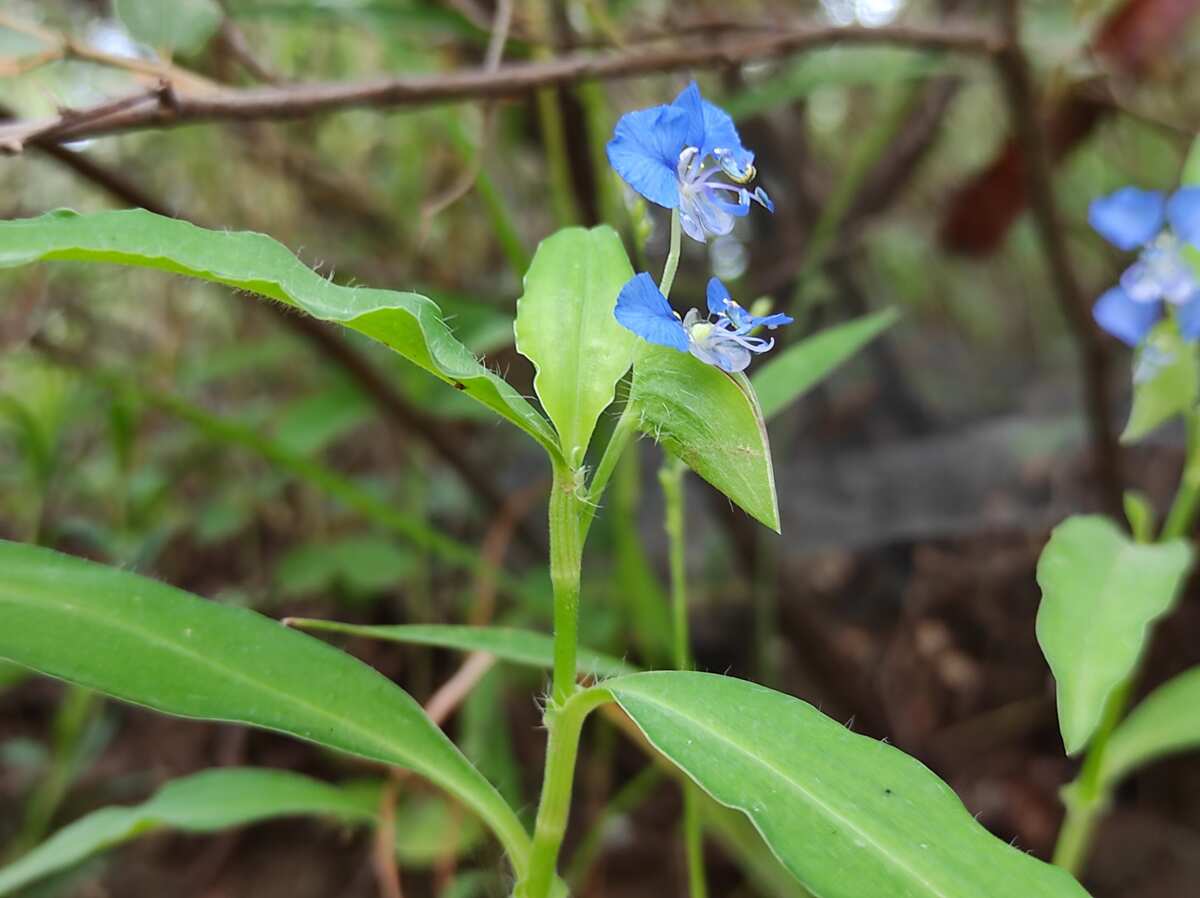
Nutgrass, or Cyperus rotundus, cannot miss on the list of grasses and their botanical names in Nigeria. It is a colony-forming perennial plant that adversely impacts agriculture.

Read also
DR Congo fishermen pin hopes on tourism as stocks dwindle
It affects plantation crops in tropical and warm temperate climates around the world. Nutgrass is challenging to manage with either organic or conventional we*d control strategies.
Milkweed (Euphorbia heterophylla)
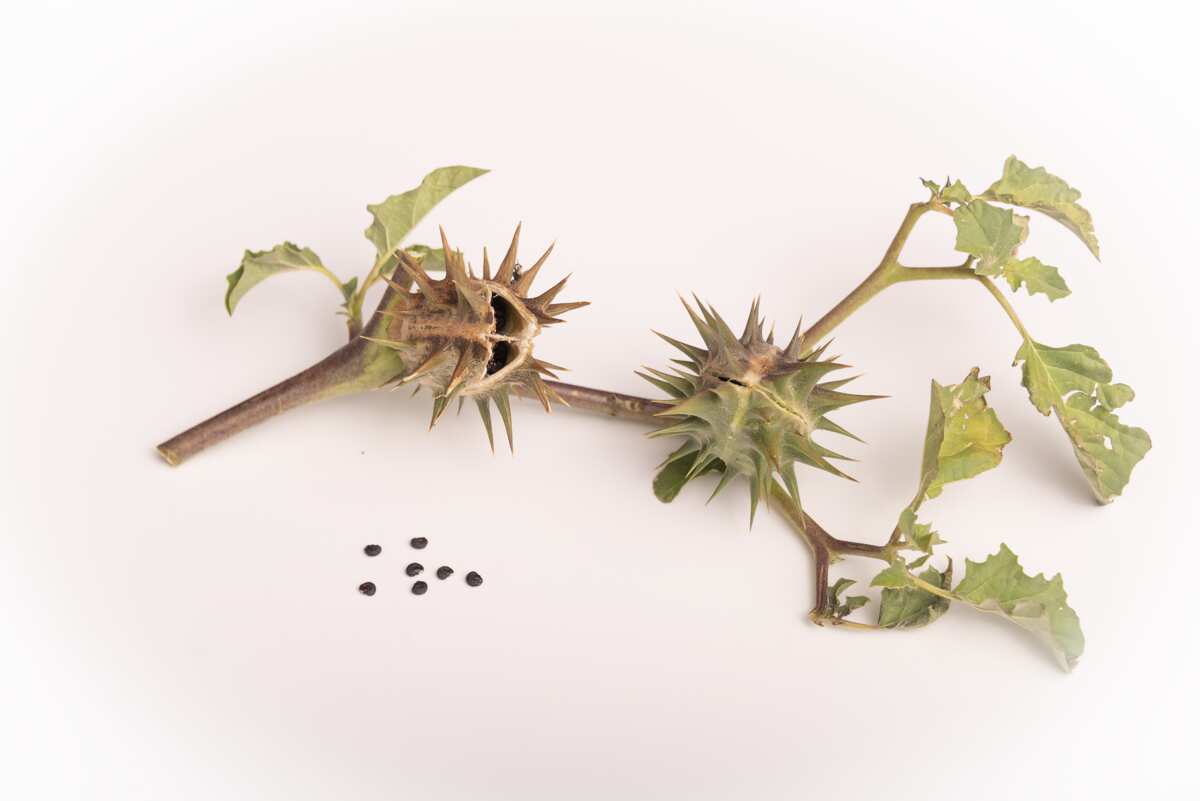
Milkweed, or Euphorbia heterophylla, thrives in orchards, cop plantations, roadsides, gardens, and waste areas. It occasionally grows in temperate regions.
The milkweed plant is short-lived with an upright and branched main stem. It usually grows 20-80 cm tall but can reach up to two metres in height.
Bahama grass (Cynodon dactylon)
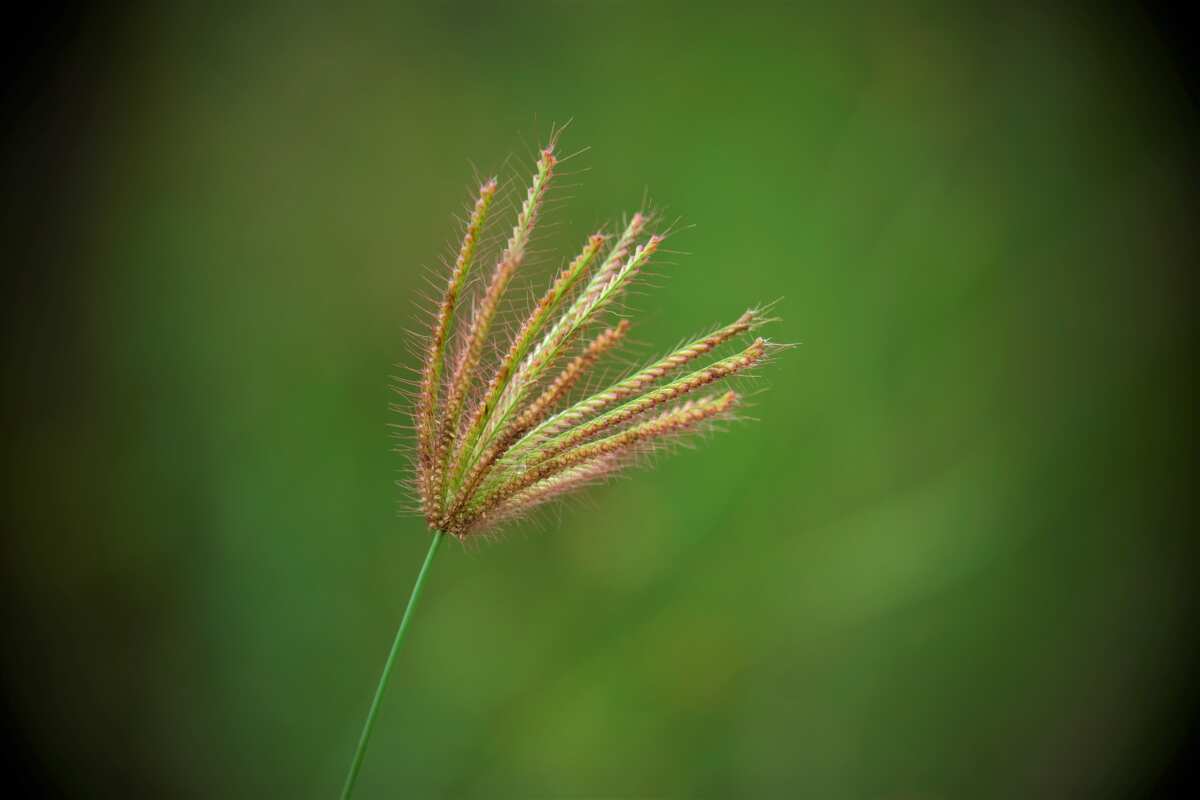
Bahama grass is a tropical grass found in all tropical and subtropical areas. Bahama grass' botanical name is Cynodon dactylon. It is dominant in uncultivated areas, e.g. sea-coast sandy dunes, roadsides, and along rivers.
It is tolerant to drought and heavy grazing. As a result, it is valuable for pasture and is used for hay. On the flip side, this grass is a menace in plant farming.

Read also
One dead, two wounded in shooting at Thai military facility
Elephant grass (Pennisetum purpureum)

Elephant grass is one of the top 10 grasses and their botanical names every Nigerian should know. Its botanical name is Pennisetum purpureum.
It is among the highest-yielding tropical grasses and can grow in dry or wet conditions. It forms dense, thick clumps up to one metre across. It has finely-toothed leaf margins and a prominent midrib on the leaf blade.
Carpet grass (Axonopus compressus)
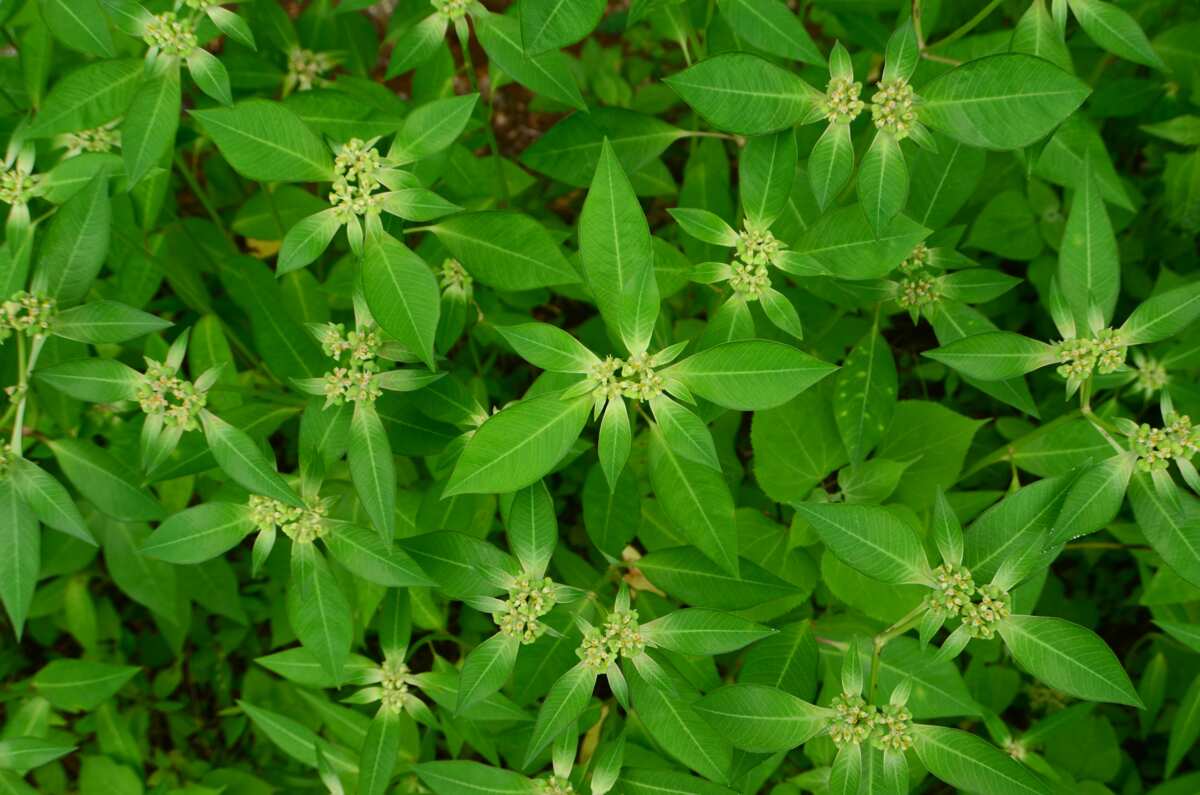
Carpet grass, or Axonopus compressus, is common on roadsides, gardens, waste areas and plantations. It thrives in moist, warm environments with full sunlight.
Carpet grass is among the most persistent grasses. It can withstand trampling. It cannot withstand long periods of waterlogged conditions but grows on a wide range of soils.
African Club Moss (Selaginella kraussiana)
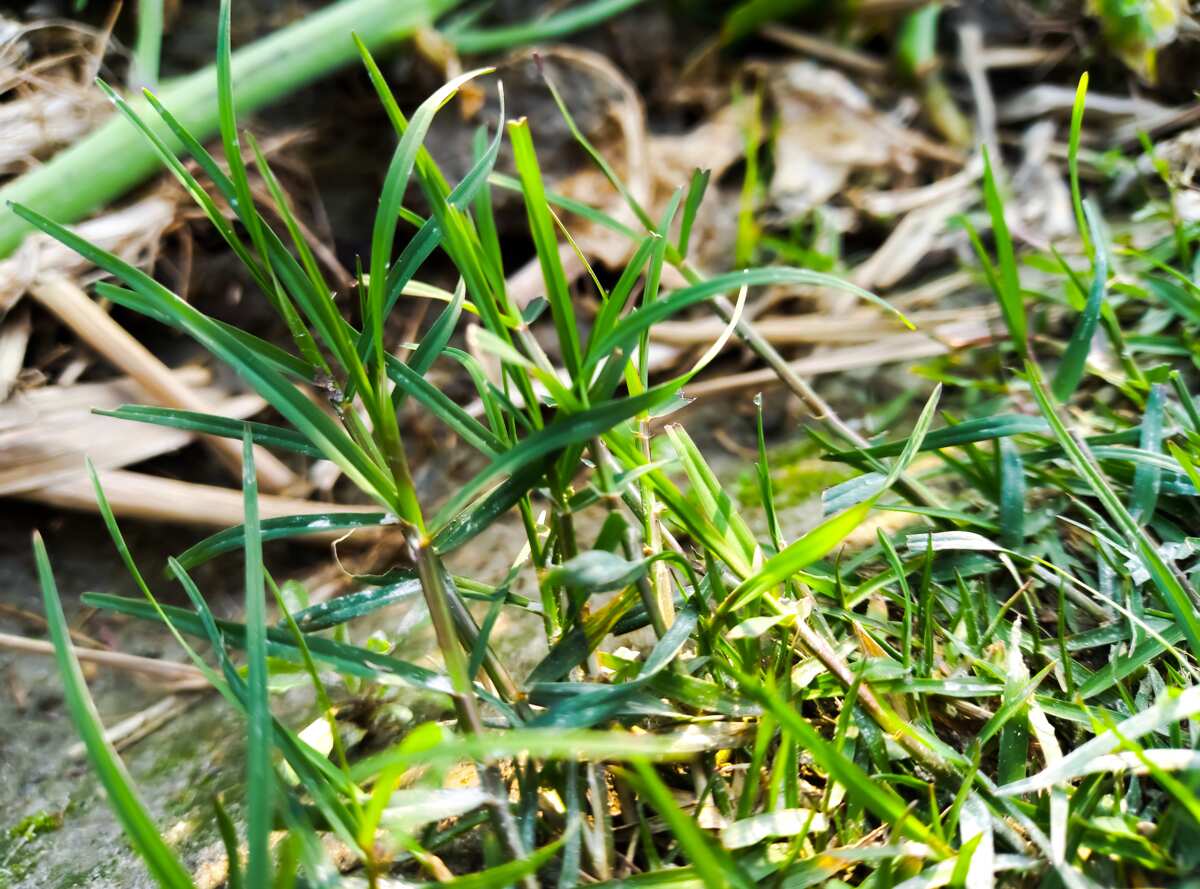
If you are looking for an album of weeds and their botanical names, you will definitely come across African Club Moss. Its botanical name is Selaginella kraussiana, a plant native to Africa.

Read also
Several hurt in Kenya stadium crush ahead of Ruto swearing-in
This plant is a cousin to the true ferns. It is low-growing and mat-forming and thrives in rich, moist to wet soils. Trimming does not control its rapid spread because retained cuttings root and sprout quickly.
Buffalo grass (Stenotaphrum secundatum)

Buffalo grass, or Stenotaphrum secundatum, invades roadsides, gardens, river banks, swamps, coastal areas, and other disturbed sites. It is considered an environmental w*ed.
While it can be used for lawns, it is a menace to crop farmers because it competes for nutrients and space with food crops.
Creeping foxglove (Asystasia gangetica)
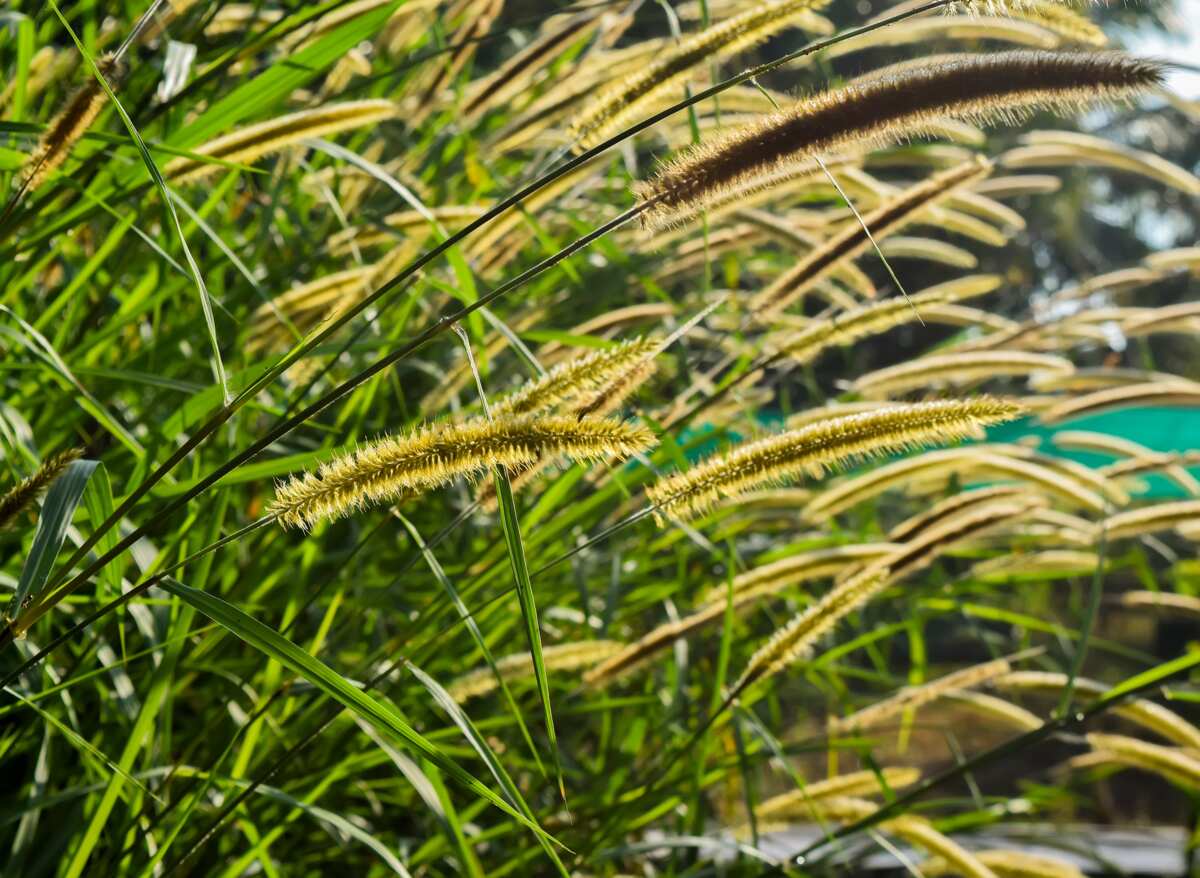
Creeping foxglove, or Asystasia gangetica, is a fast-growing, spreading, herbaceous groundcover plant. It is known for attracting many species of butterflies to the garden. It produces white flowers and is regarded as an environmental we*d.
Falsethistle (Acanthus montanus)
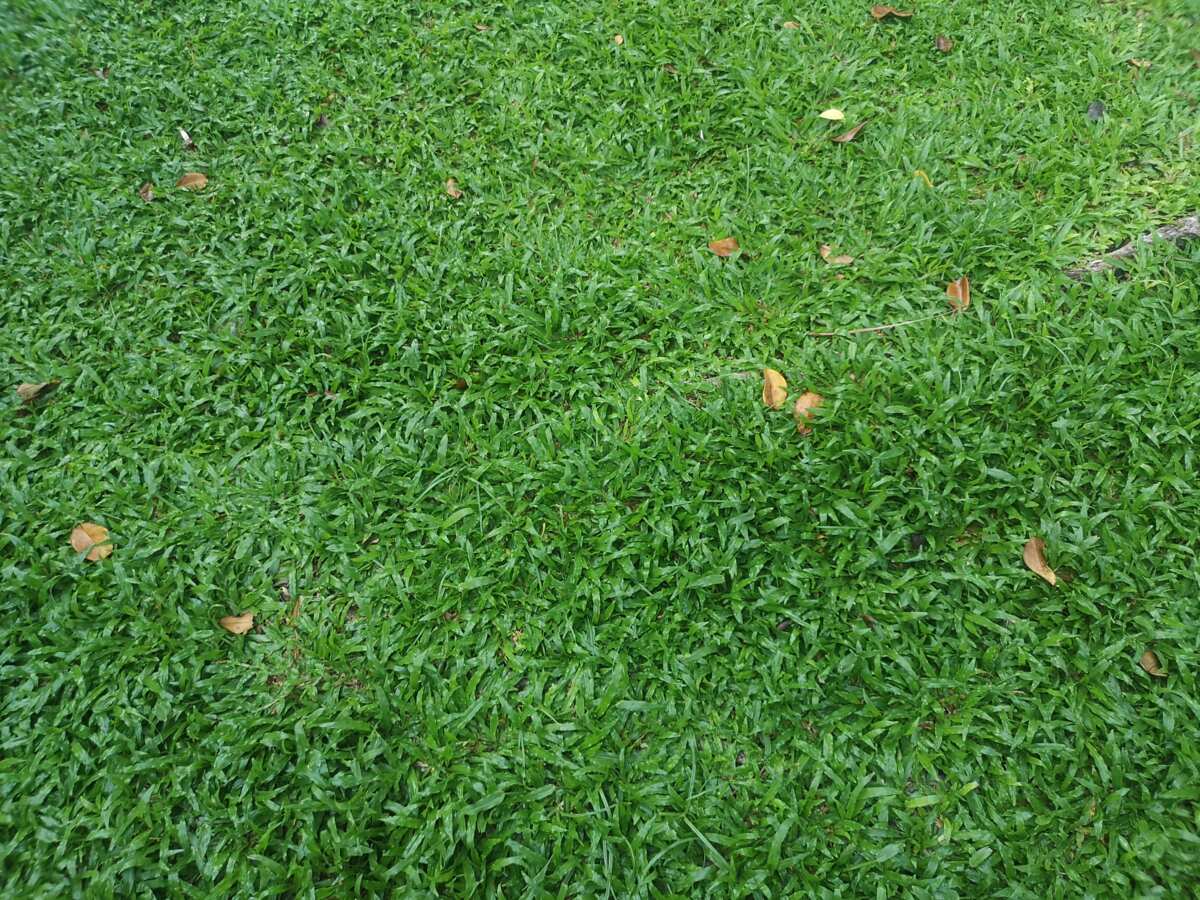
Falsethistle, or Acanthus montanus, is native to tropical areas in Western Africa. It is a thinly branched perennial with basal clusters of oblong, dark green leaves with silver marks and wavy margins. The leaves are also thorny.

Read also
Donkey domestication happened 7,000 years ago in Africa: DNA study
While this prickly semi-woody herb has medicinal value in some communities, it is a nuisance to food crop farmers.
Nuke-Noh (Tridax procumbens)
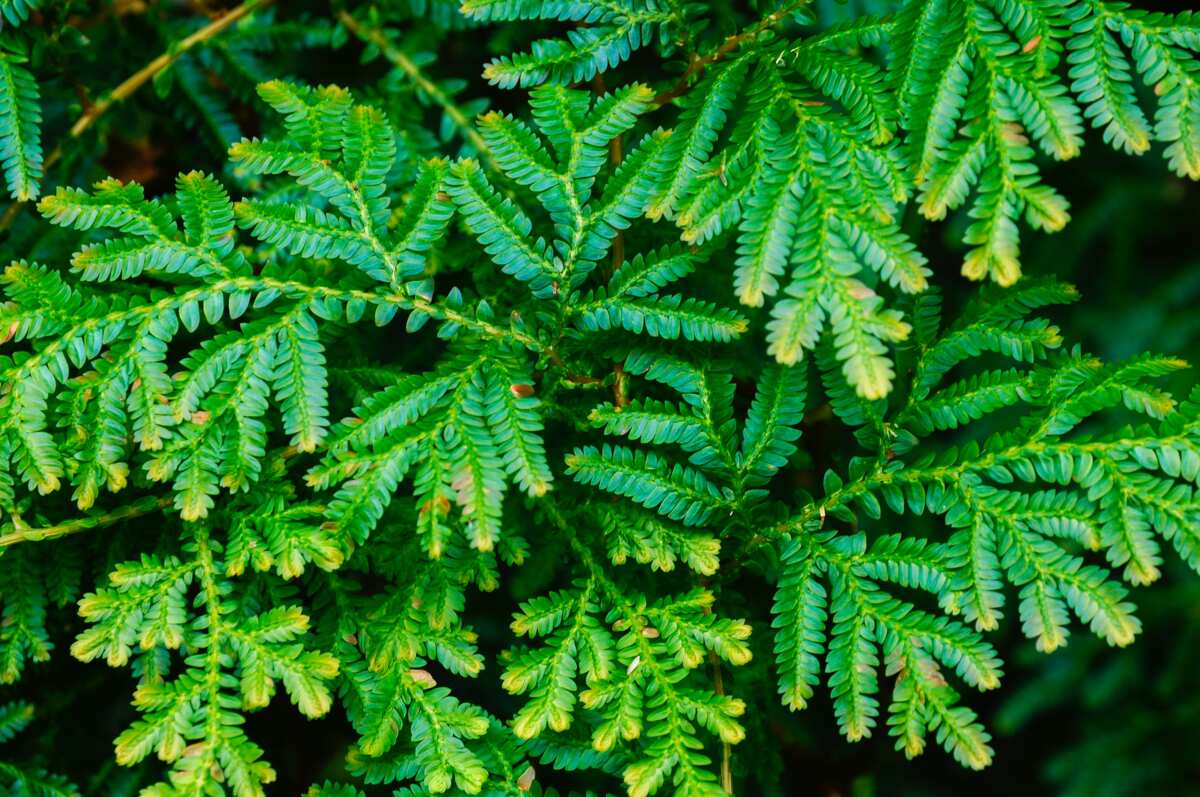
Nuke-Noh, or Tridax procumbens, is a flowering plant in the daisy family. It has great drought resistance and tends to outlive all grasses and most broad-leaved plants. In Nigeria, this plant is fed to poultry. Some communities use it for medicinal purposes.
What are the common weeds found on farms?
Some common weeds found on farms are Nuke-Noh, Falsethistle, Creeping foxglove, Buffalo grass, African Club Moss, Dayflower, Carpet grass, Elephant grass, Bahama grass, burundanga, Milkweed, and Nutgrass.
What are the common weeds and their botanical names?
The most common weeds and their botanical names are Carpet grass (Axonopus compressus), Bahama grass (Cynodon dactylon), Siam we*d (Chromolaena odorata), Spear grass (Imperata cylindrica), Dayflower (Commelina benghalensis), Nutgrass (Cyperus rotundus), and Milkweed (Euphorbia heterophylla).

Read also
China export growth slows sharply in August: official data
What is the botanical name of Bahama grass?
The botanical name of Bahama grass is Cynodon dactylon.
What is the botanical name of Carpet grass?
The botanical name of Carpet grass is Axonopus compressus. This grass is common on roadsides, gardens, waste areas and plantations.
Learning about the common weeds and their scientific names with pictures in Nigeria is necessary for all farmers. This information is useful in coming up with w*eed management strategies.
READ ALSO: Advantages and disadvantages of integrated farming system
Legit.ng recently published the advantages and disadvantages of an integrated farming system. Contemporary farmers minimize costs and maximize agricultural productivity and profits by implementing proper skills and techniques.
Combining animal keeping and crop production is one of the best ways of increasing harvest and profits. In an integrated farming system, plant production and animal farming are done simultaneously using modern and traditional tools and technologies.

Read also
Search on for people missing from Venezuelan religious retreat
Source: Legit.ng
ncG1vNJzZmivp6x7rbHGoqtnppdkrrS3jKWcoKGkZLS2tcOeqmhpYWaDdXyVZqWin5WntqK6jLCcnpyjYq%2BwwMCnoJyZnGK7ornErGY%3D